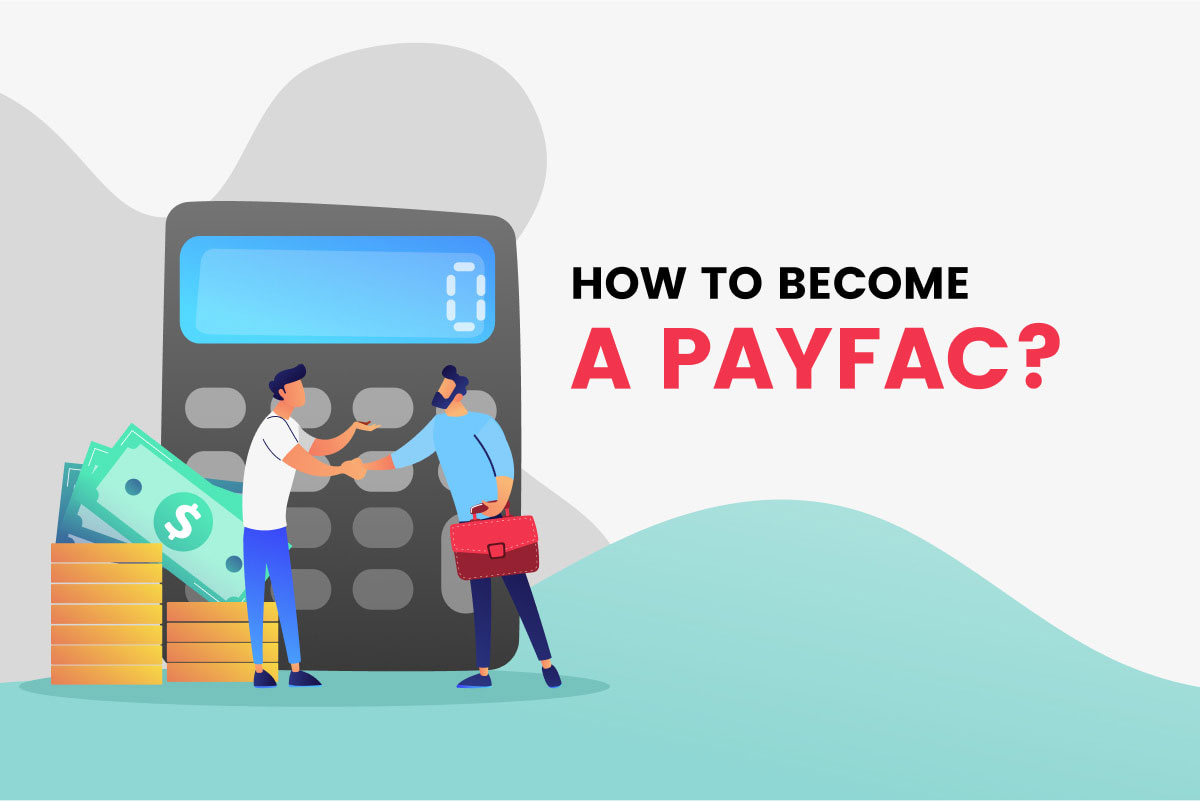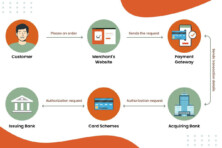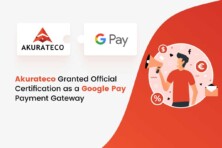Embarking on the journey of becoming a payment facilitator can be a complex undertaking. As a central player in the online payments industry, a payment facilitator, or payfac, acts as an intermediary between merchants and payment processors, streamlining the process of accepting online payments. In this comprehensive guide, we will delve into the practical aspects of starting a payment facilitation business, focusing on the key steps and considerations you need to navigate.

Whether you are a business owner looking to maximize profits or an entrepreneur venturing into the dynamic world of payment facilitation, this guide will provide you with valuable insights and actionable steps to help you get started.
Understanding the Role of a Payment Facilitator
At its core, a payment facilitator acts as an intermediary between merchants and payment processors or acquiring banks. Their primary function is to facilitate the processing of transactions. To truly comprehend the role and significance of a payment facilitator in the digital transactions landscape, it’s important to delve into the context of businesses’ online payment acceptance.
Traditionally, merchants had to establish a merchant account with a bank or a bank-sponsored entity to start accepting payments online. This process was time-consuming and complex, involving rigorous application reviews, background checks, creditworthiness assessments, and business risk evaluations conducted by acquiring banks. To address these challenges, payment facilitators emerged, offering pre-established relationships with acquiring banks and streamlined onboarding processes. Over time, payment facilitators have evolved into comprehensive solutions, providing a wide range of services to enhance the payment experience for merchants.
Differentiating Between ISOs and Payment Facilitators
In the complex world of digital payments, confusion often arises when distinguishing between ISOs (Independent Sales Organizations) and payment facilitators. While ISOs partner with payment processors or acquiring banks to facilitate merchant services, payment facilitators assume a more direct role in handling financial flows and remitting funds to merchants.
ISOs serve as intermediaries, responsible for merchant onboarding, sales, customer support, and other value-added services. They earn revenue through commissions based on the payment processing volume of their merchants. However, ISOs do not control financial flows or make direct payments to merchants. In contrast, payment facilitators take charge of transaction processing, authorizing, capturing, settling, and reconciling funds. They require a financial license, compliance with regulatory requirements, and authorization to handle monetary flows.
Starting Your Journey as a Payment Facilitator
Embarking on the path to becoming a payment facilitator requires navigating through various intricacies and requirements that can differ based on your region and the financial institution you work with. To simplify the process, we have compiled the key steps below to help you get started:
- Understand the Payments Landscape: Gain a comprehensive understanding of the current payments landscape, including key industry trends and customer needs. This knowledge will serve as a foundation for building a successful payment facilitation business.
- Obtain the Necessary Licenses and Compliance: Ensure that your business obtains the required financial licenses and complies with security standards such as a Money Services Business (MSB) license or Payment Card Industry Data Security Standards (PCI DSS) certification. These credentials demonstrate your commitment to maintaining a secure and trustworthy payment environment.
- Partner with Acquiring Banks and Financial Institutions: Establish partnerships with acquiring banks and financial institutions that will handle transaction processing on your behalf. Collaborate with them to define processing terms and fee structures that align with your business goals.
- Manage Your Sub-Merchant Portfolio: If you plan to register sub-merchants under your own Merchant Identification Number (MID), develop an effective mechanism for managing your sub-merchant portfolio. This includes processes for onboarding, monitoring, and supporting sub-merchants while ensuring the timely and accurate distribution of funds.
- Choose a Payment Software Solution: Decide whether to partner with a reliable payment software provider or build your own secure and scalable payment infrastructure. Evaluate the features and capabilities of potential solutions to ensure they meet your requirements for seamless payment processing. If you are considering your options, Akurateco’s research provides a detailed comparison between the cost of building your own Payment Service Provider (PSP) from scratch and utilizing a white-label solution.
- Implement Robust Risk Management: Establish a comprehensive risk management framework that allows you to assess and manage merchant risks effectively. This includes evaluating creditworthiness, compliance adherence, and ongoing monitoring to mitigate potential fraudulent activities.
- Streamline Onboarding and Support: Develop an efficient onboarding process for merchants, ensuring a smooth transition into your payment facilitation program. Maintain ongoing support, including responsive customer service, effective dispute resolution, and proactive account management. Learn more about how automated merchant onboarding can increase PSP’s efficiency.
- Establish a Well-Structured Funding System: Put in place a well-structured system for sub-merchant funding to ensure timely and accurate distribution of funds. Consider factors such as reserves, fees, and potential chargebacks to maintain financial stability while supporting the growth of your sub-merchants.
- Maintain Compliance and Security: Adhere strictly to compliance regulations, data security standards, and anti-fraud measures. Regularly review and renew certifications to demonstrate your commitment to maintaining a secure and reliable payment ecosystem.
- Continuously Innovate and Expand: To thrive in the ever-evolving payment landscape, consistently seek opportunities to improve your business. Explore strategic partnerships, new markets, and value-added services that can differentiate your offerings and drive growth.
Furthermore, it is essential to identify diverse income sources for your payment facilitation business. One significant revenue stream to consider is establishing a white-label payment gateway partnership.
White-label Payment Software: Benefits for new payment facilitators
While payment facilitators and ISOs may offer similar services, the key distinction lies in payment facilitators’ ability to handle financial flows and directly remit funds to merchants. To maximize their revenue potential, payment facilitators can leverage white-label payment software.
White-label payment software refers to a solution developed by one company for rebranding and customization by another company. By partnering with a white-label payment software provider like Akurateco, payment facilitators can avoid the need to develop their own payment system from scratch, saving time and resources. Akurateco’s white-label payment software offers advanced features and comprehensive solutions tailored to payment facilitators’ needs.
Benefits of white-label payment software for payment facilitators include:
Zero development and maintenance costs: Payment facilitators can focus on their core business operations while relying on a secure and up-to-date payment system developed and maintained by the white-label software provider.
Additional revenue streams: Payment facilitators can earn revenue through transaction fees charged to their merchants. As merchants’ transaction volumes increase, so does the revenue potential. Monthly fees, technology offerings, and customization services also contribute to revenue generation.
Rapid time-to-market: Compared to building custom payment software, implementing a white-label solution offers a distinct advantage in terms of time-to-market. Payment facilitators can configure the white-label software to their specific requirements within weeks, enabling them to start generating profit sooner.
Advanced payment technologies: White-label service providers offer cutting-edge technologies such as intelligent payment routing, cascading, payment analytics, risk management, tokenization, and smart invoicing. By incorporating these technologies, payment facilitators can enhance revenue generation and reduce processing costs for their merchants.
Conclusion
As businesses increasingly shift their operations to the online realm, the demand for payment facilitators continues to grow. By starting a payment facilitator business, entrepreneurs can simplify and streamline the payment processing experience for merchants.
Leveraging white-label payment software, such as Akurateco’s solution, enables payment facilitators to benefit from zero development costs, multiple revenue streams, rapid time-to-market, and advanced payment technologies. By understanding the intricacies of the industry and capitalizing on white-label solutions, payment facilitators can position themselves for success in the competitive landscape of online payments.









